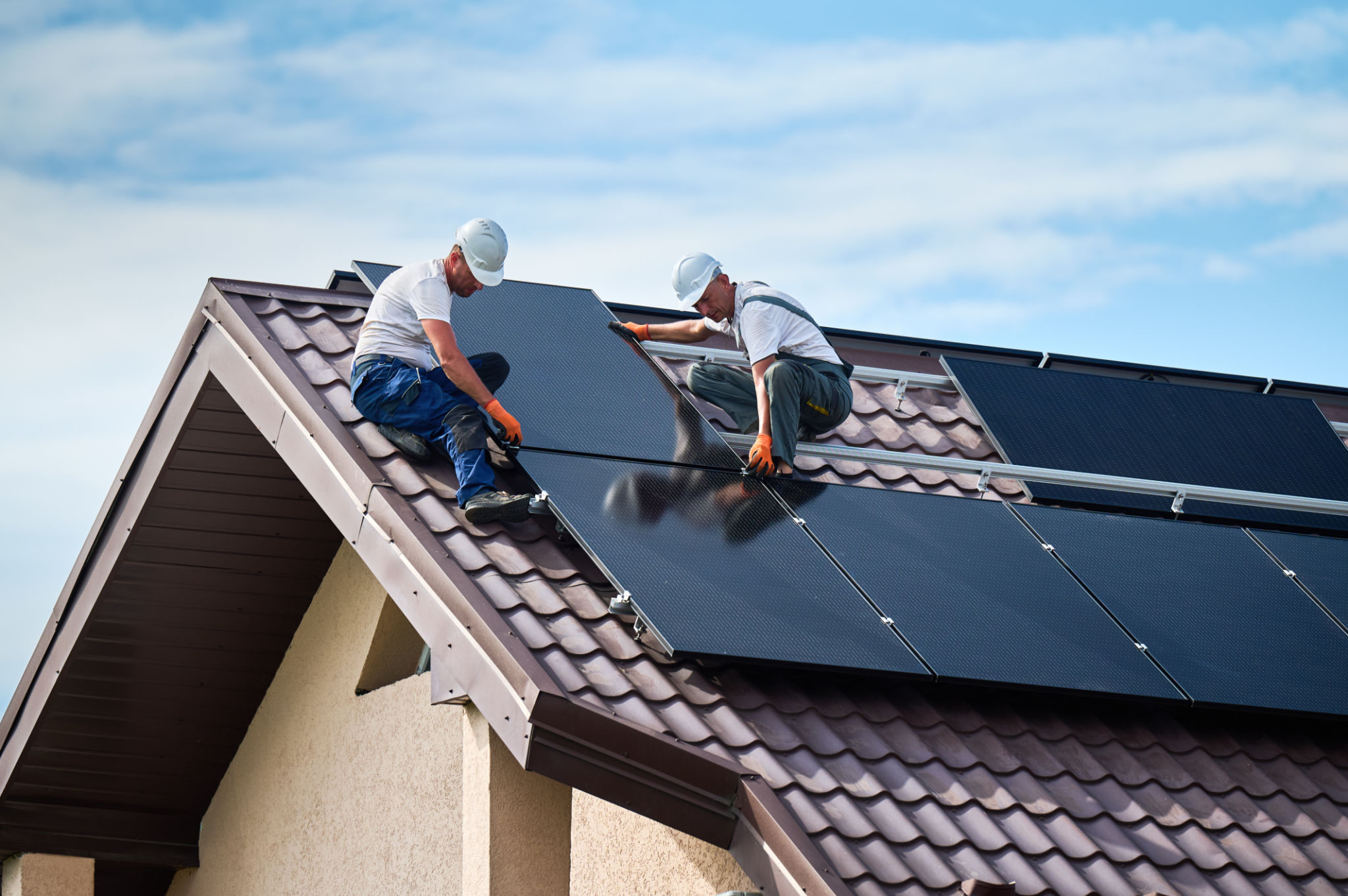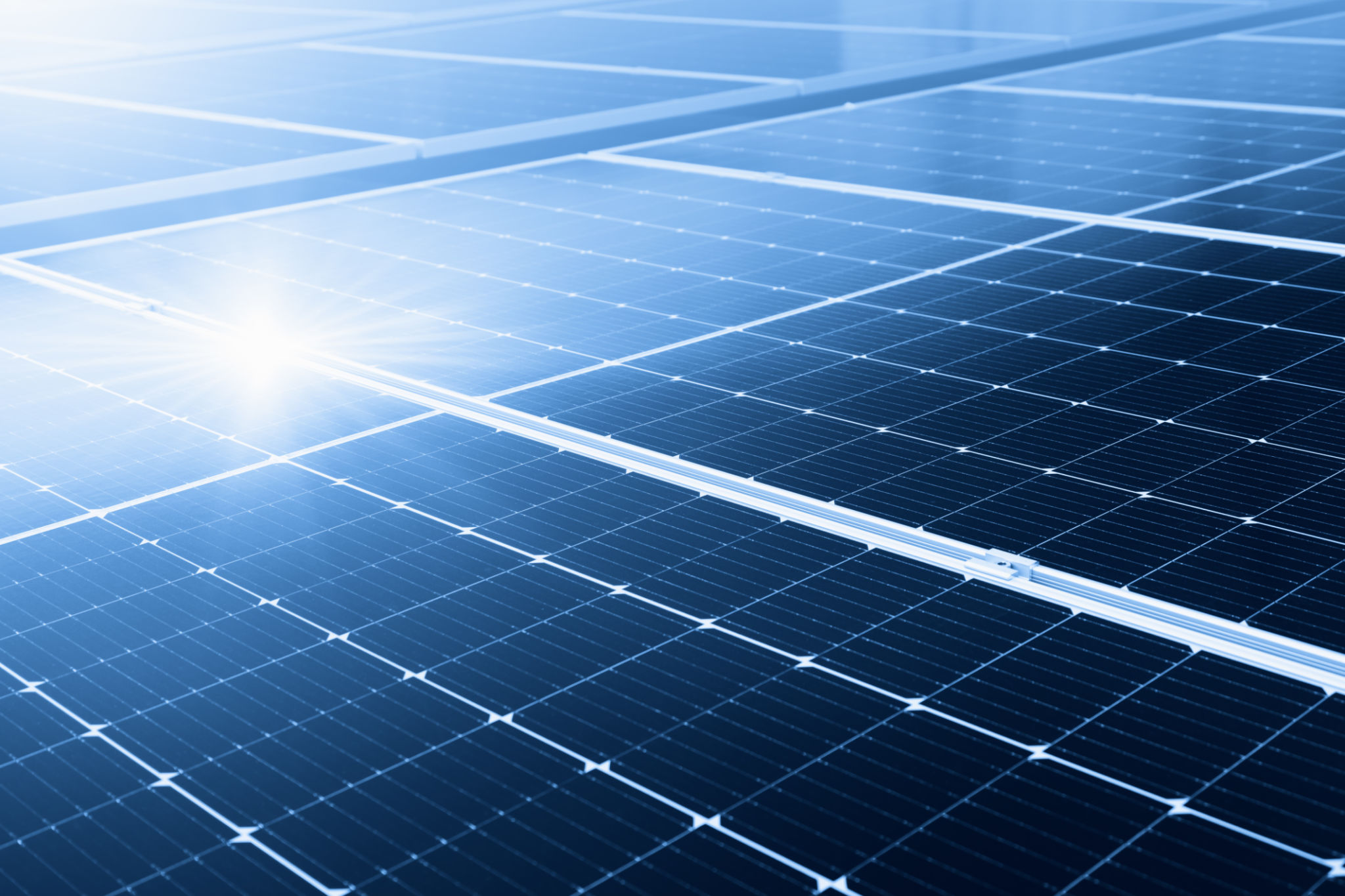Choosing the Right Solar Energy System for Your South Australian Home
Understanding Your Energy Needs
Before selecting a solar energy system for your South Australian home, it's essential to understand your energy consumption. Analyze your electricity bills over the past year to determine your average monthly usage. This information will help you decide the size of the solar system required to meet your needs.

Types of Solar Panels
There are several types of solar panels available, each with its advantages and disadvantages. The most common are monocrystalline, polycrystalline, and thin-film solar panels. Monocrystalline panels are known for their high efficiency and durability, making them a popular choice for homeowners. Polycrystalline panels are slightly less efficient but often more affordable, while thin-film panels are lightweight and flexible, ideal for non-traditional installations.
Comparing Efficiency and Cost
When choosing solar panels, consider both their efficiency and cost. Monocrystalline panels typically offer the highest efficiency ratings, but they also come with a higher price tag. Polycrystalline panels provide a balance between cost and performance, while thin-film panels are generally more affordable but less efficient. Evaluate your budget alongside your energy goals to make an informed decision.

Choosing the Right Inverter
The inverter is a crucial component of your solar energy system, converting the direct current (DC) generated by the solar panels into alternating current (AC) for use in your home. There are three main types of inverters: string inverters, microinverters, and power optimizers. String inverters are cost-effective and ideal for installations with minimal shading, while microinverters and power optimizers offer better performance in shaded conditions.
Consider System Monitoring
A solar energy system with monitoring capabilities allows you to track its performance in real-time. This feature can help you optimize energy usage and quickly identify any issues that may arise. Many inverters come with built-in monitoring systems or offer them as an add-on feature.

Government Incentives and Rebates
The South Australian government offers various incentives and rebates to promote the adoption of solar energy. These incentives can significantly reduce the upfront cost of installing a solar system. Be sure to research the current programs available and consult with a reputable solar installer to maximize your savings.
Finding a Trusted Installer
Choosing a qualified and experienced installer is vital to ensure the success of your solar project. Look for installers with relevant certifications and positive customer reviews. A good installer will guide you through the process, from selecting the right system to handling the necessary permits and paperwork.

Maintenance and Longevity
Solar energy systems generally require minimal maintenance, making them an attractive option for homeowners. Regularly cleaning the panels and scheduling periodic inspections will help maintain their efficiency. Most solar panels come with warranties ranging from 10 to 25 years, ensuring long-term reliability and peace of mind.
In conclusion, selecting the right solar energy system for your South Australian home involves understanding your energy needs, comparing panel types, choosing the appropriate inverter, taking advantage of government incentives, and finding a reliable installer. By considering these factors, you can enjoy the benefits of clean, sustainable energy while reducing your electricity bills.
